Innovative Solutions for Smart Cities: An Interview with Abheet Dwivedi
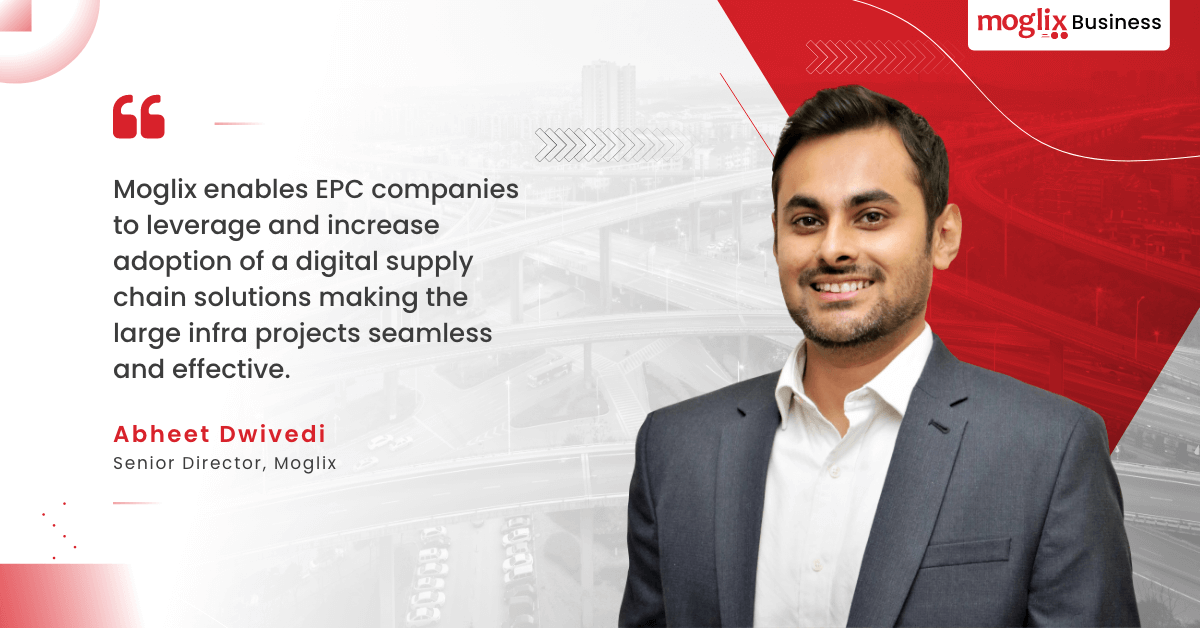
Innovative Solutions for Smart Cities: An Interview with Abheet Dwivedi
In an exclusive interview with Infrastructure Today, Abheet Dwivedi, Senior Director (Infra & PSU) at Moglix, shared his insights on shaping the future of cities with sustainable and innovative tech solutions. Abheet discusses the much-needed boost required to build sustainable infrastructure, as well as the challenges and opportunities in deploying tech solutions for urban development.
Pipe Dreams: How Industrial Piping can aid a circular economy

Pipe Dreams: How Industrial Piping can aid a circular economy
With sustainability and environmental awareness becoming hot topics in various industries today, the term ‘circular economy’ is becoming increasingly common. At its core, a circular economy is an economic system that aims to keep resources in use for as long as possible, extracting the maximum value from them while minimizing waste and pollution. Interestingly, there’s an unlikely but essential area to focus for commercial enterprises, while making the journey from a linear to a circular system — Industrial pipes.
Industrial pipes: A crucial piece of the puzzle in achieving circularity
Industrial piping is an indispensable part of modern infrastructure. Poor choice of industrial pipe materials could not only cost your business lakhs of rupees in extensive maintenance and repair but could also have severe and far-reaching environmental consequences.
Copper pipes, for instance, are particularly vulnerable to pinhole leaks arising from pitting corrosion. Debris can also be incredibly harmful in copper piping, resulting in uneven corrosion and causing some parts to decompose faster. Galvanized steel is a bit more rust-resistant, but piping in this category with threaded ends can be prone to leaks.
Water leakage from such industrial piping can cause the wastage of precious resources. And if the materials that leak into the surrounding environment are harmful industrial chemicals and gases, they could affect the immediate ecosystem severely.
Sustainability in different types of industrial pipes
Your business can avoid these grim prospects by choosing the right type of industrial pipes. Industrial pipes can also contribute to a circular economy in many ways. For example, pipes made from recycled plastic or metal can save on the use of virgin resources and reduce wastage.
Pipes made from durable and long-lasting materials can also be used longer, further extending the use of resources. They can also be efficiently processed at the end of their usable life, avoiding additional environmental harm. The bottom line is that the right kind of industrial pipes could pave the way for a circular economy by conserving resources, decreasing waste, and curbing pollution, all while efficiently facilitating the recycling and reuse of materials.
Choose sustainable industrial piping solutions today
Sustainability is the mantra driving the journey into the future, and industries today need to focus on choosing industrial pipe materials that check this box. Partnering with a comprehensive piping solutions partner like Moglix can make this much easier for your business. We help businesses in various industries find the right type of industrial pipes and pipe fittings for multiple applications from various brands without compromising the overall profitability of your venture. Know more
Capacity Building programme on Exports
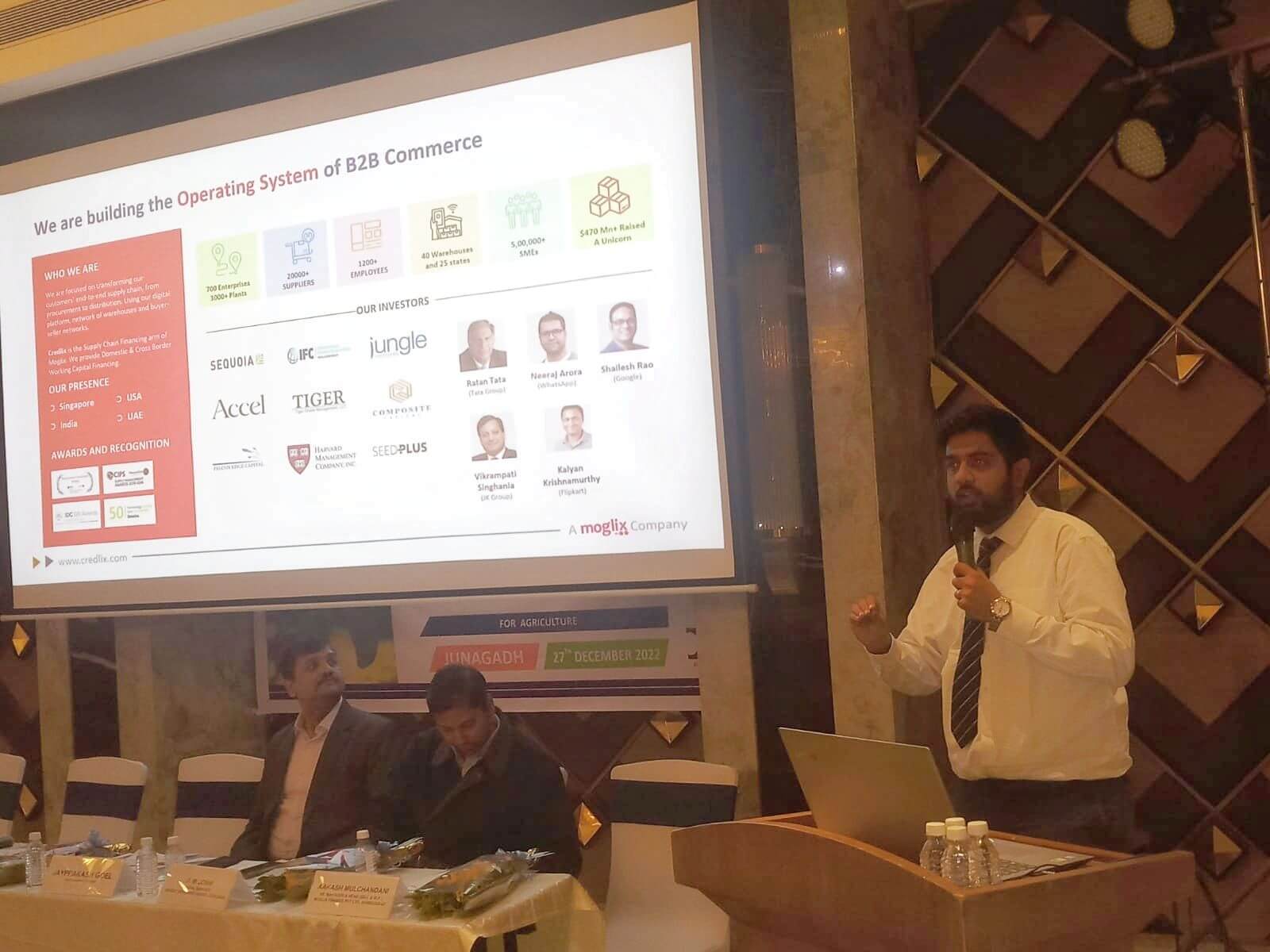
Capacity Building programme on Exports
Date : December 27 , 2022
Organizer: Federation Of Indian Export Organisations (FIEO)
About the Event: Mr. Aakash Mulchandani, Senior Manager (Gujarat & M.P), Credlix shared his perspective on “Capacity Building Programme: Awareness Programme on Exports India@75” jointly organized by FEDERATION OF INDIAN EXPORT ORGANISATIONS Ahmedabad Chapter (WR) with District Industries Center (Junagadh), Government of Gujarat, Chamber Of Commerce & Industries, Junagadh and Credlix today at Junagadh, Gujarat.
Valve Technology Conclave
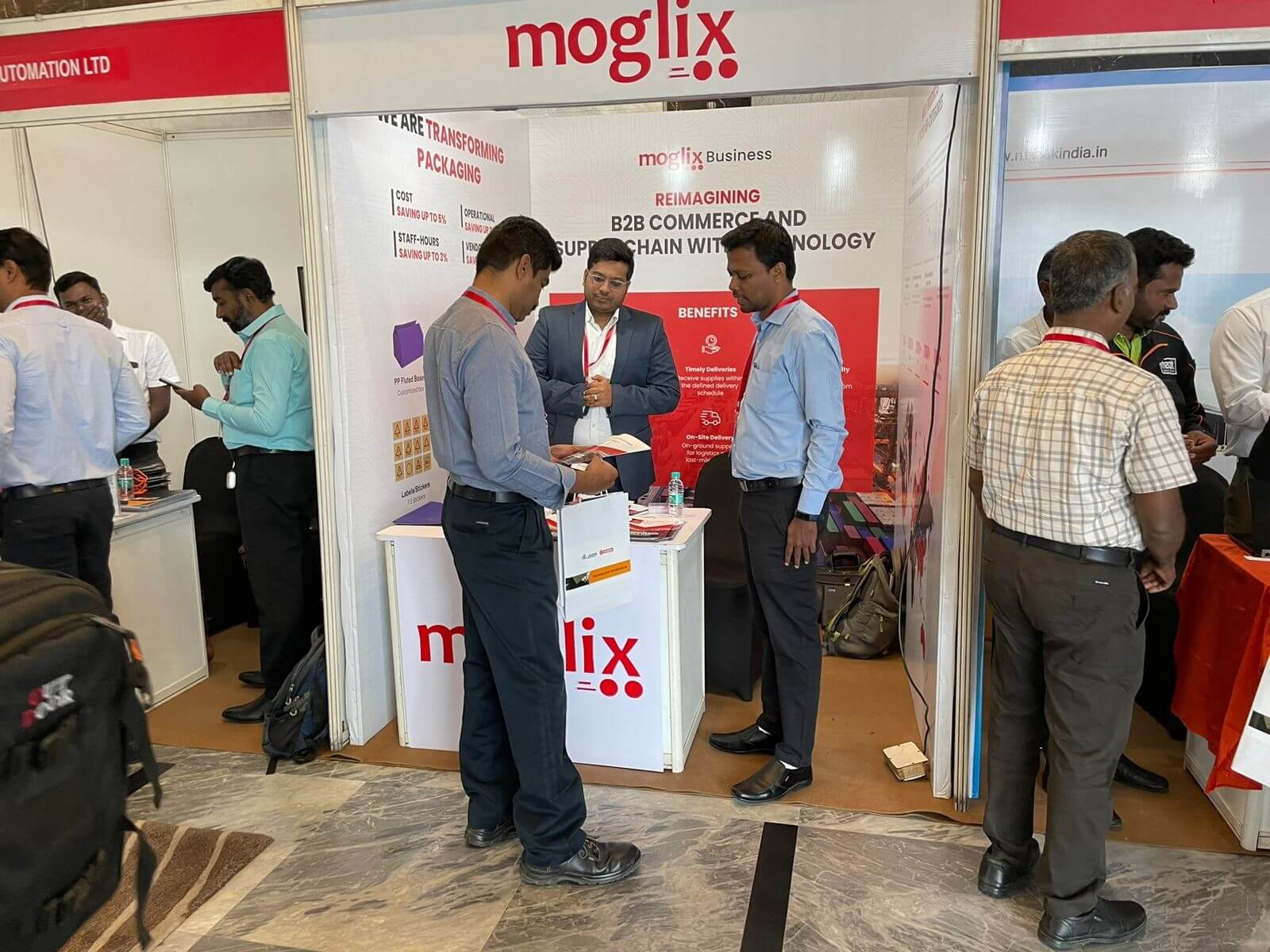
Valve Technology Conclave
Date : December 20, 2022
Organizer: Confederation of Indian Industry and IVAMA association
About the Event: Moglix participated in the 6th edition of ‘Valve Technology Conclave 2022’ which was jointly organized by Confederation of Indian Industry and IVAMA Association at Coimbatore.
6th HSE Summit and Awards 2022
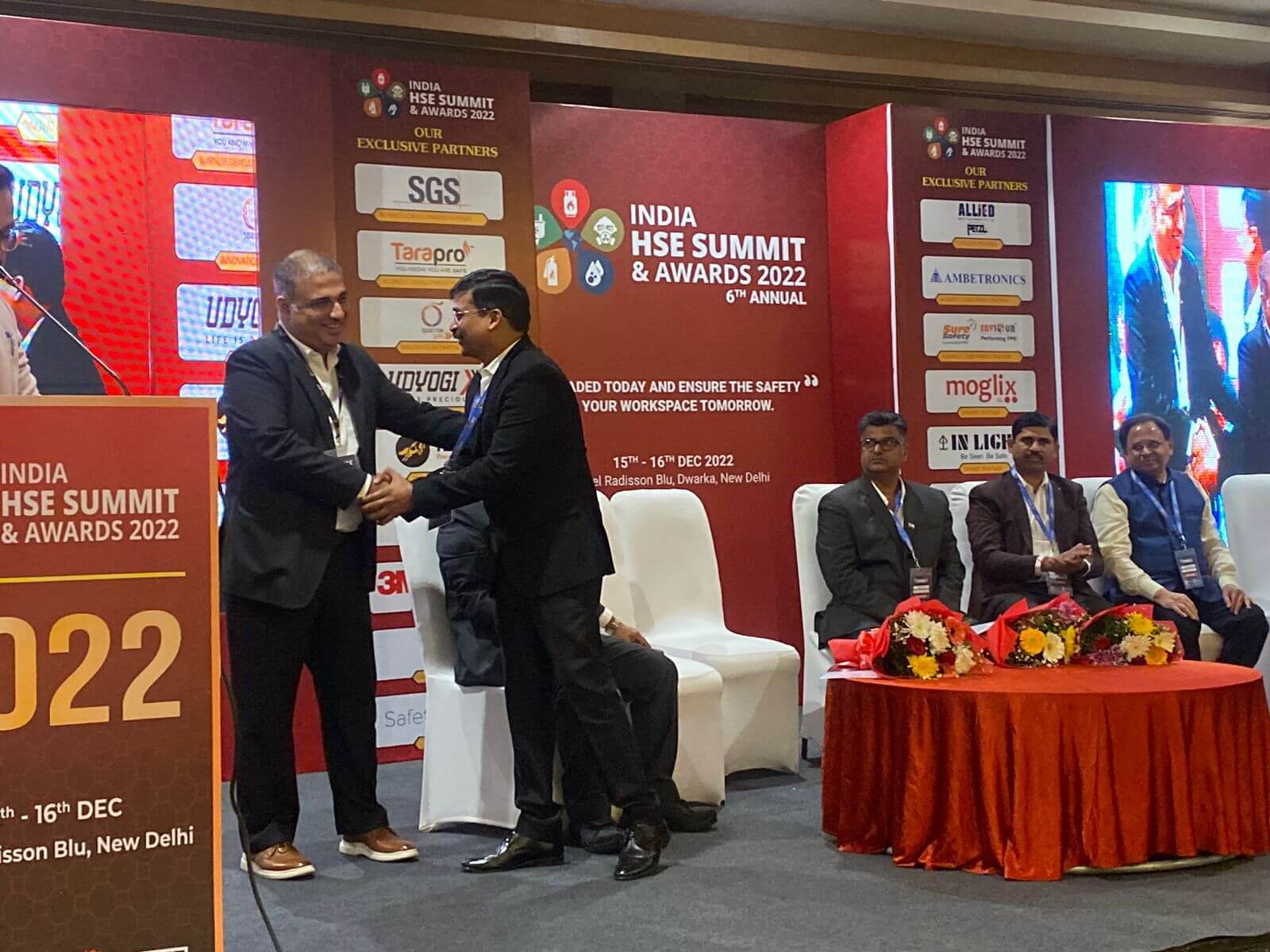
6th HSE Summit and Awards 2022
Date : 15-16 December , 2022
Organizer: Synnex India
About the Event: Here are some glimpses from Moglix‘s participation at India HSE Summit & Awards 2022 by Synnex® Group, where HSE professionals from across the industry converged to share their knowledge and future of HSE practices at New Delhi.
10th Task Force Meeting & Brand Connect, Bhubaneswar
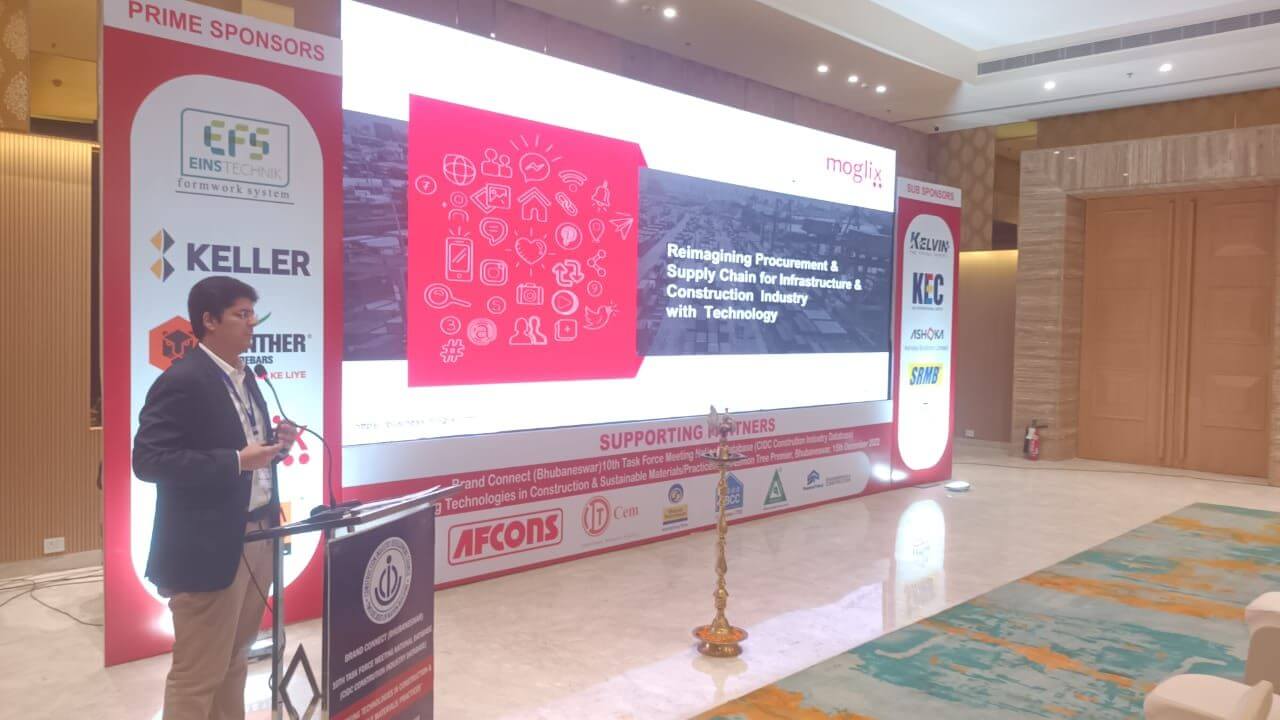
10th Task Force Meeting & Brand Connect, Bhubaneswar
Date : December 15, 2022
Organizer: Construction Industry Development Council (CIDC)
About the Event: Mr. Adhyan Anand, Associate Director, Infra & PSU, Moglix Business recently addressed the community of EPC companies and OEMs that are building India’s infrastructure, at the Bhubaneswar Chapter of the 10th Task Force Meeting & Brand Connect of the Construction Industry Development Council (CIDC).
Ground Zero 7.0
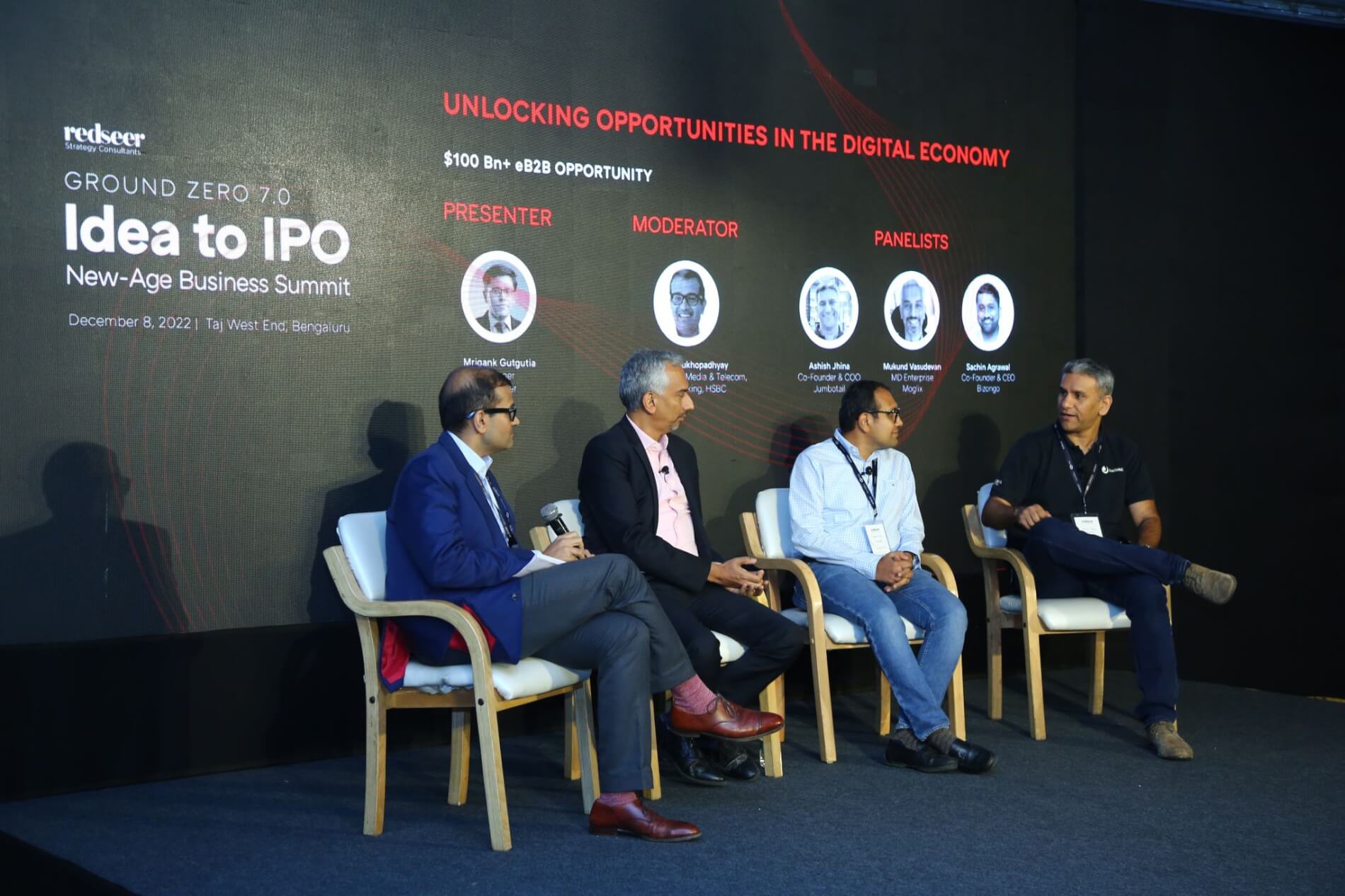
Ground Zero 7.0
Date : December 8, 2022
Organizer: Redseer Strategy Consultants
About the Event: Mr. Mukund Vasudevan, Managing Director, Moglix recently shared his perspective on ‘Unlocking Opportunities in the Digital Economy – 100 Bn+ eB2B Opportunity’ at Ground Zero 7.0 by Redseer Strategy Consultants.
Corporate Governance for Startups and Unicorns
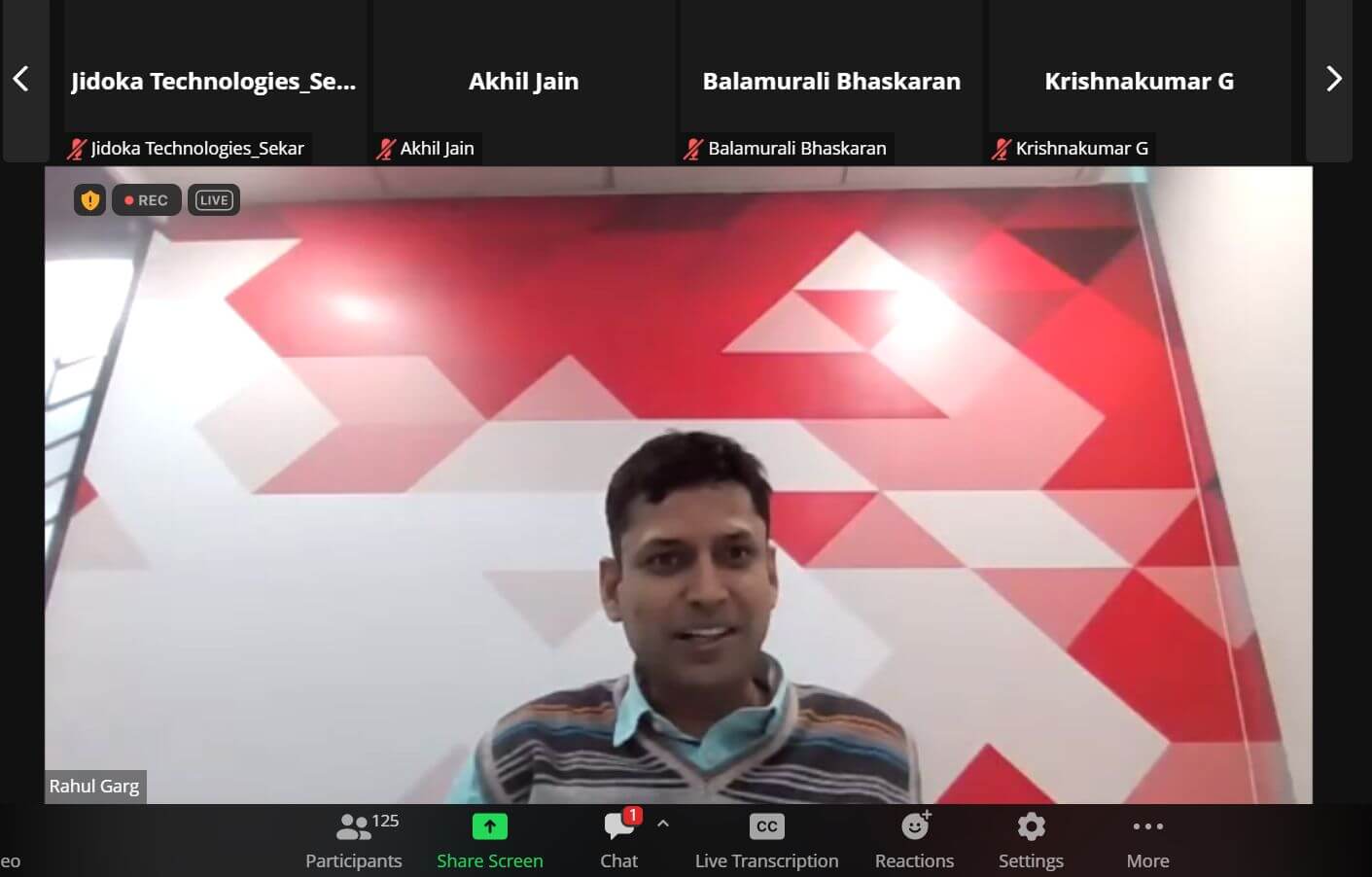
Corporate Governance for Startups and Unicorns
Date : December 8, 2022
Organizer: Confederation of Indian Industry
About the Event: Mr. Rahul Garg, Founder & CEO, Moglix shared his thoughts on ‘Are Board VCs taking enough responsibility for Corporate governance in startups’ at Confederation of Indian Industry’s ‘Corporate Governance for Startups and Unicorns’ event along with Mr. Abhiraj Singh Bhal (Co Chairman, CII Unicorn Forum & Founder, Urban Company) and Mr. Kripi Siingh (Founder & Creative Director, AVW Group).
Session on Achieve Rapid Growth in Business through Export and Domestic Invoice Financing
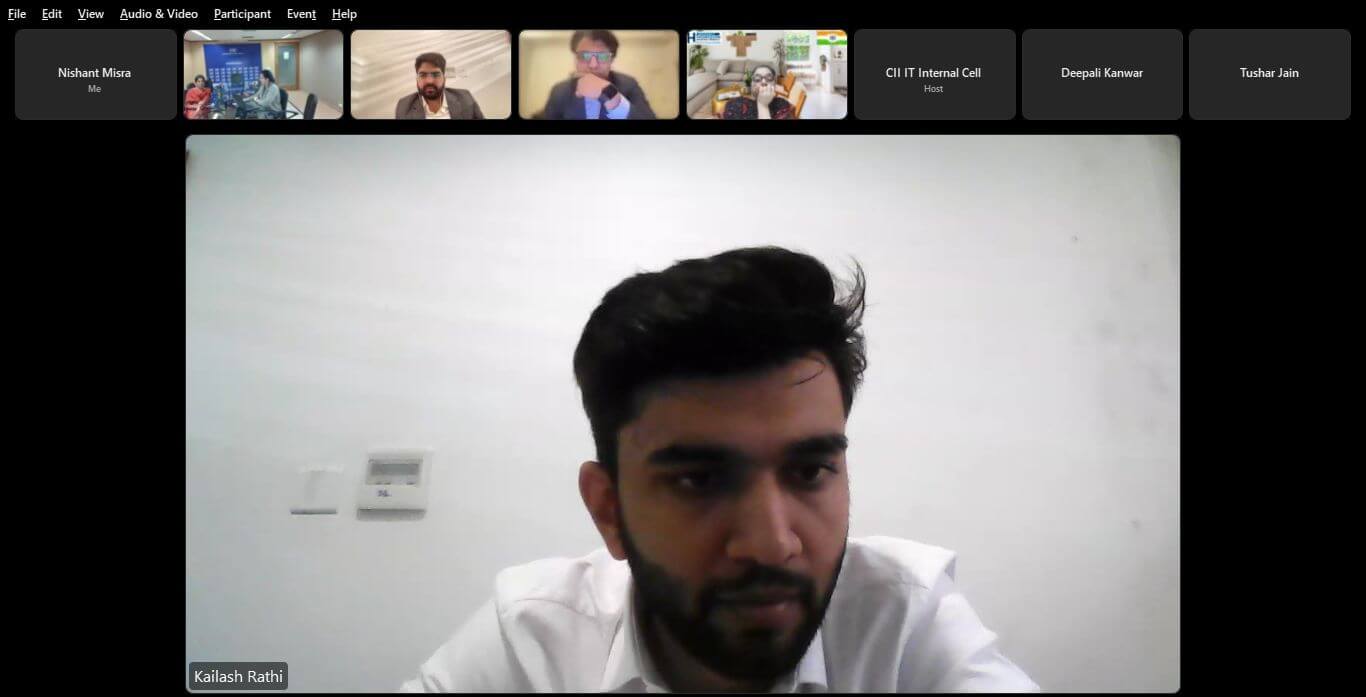
Session on Achieve Rapid Growth in Business through Export and Domestic Invoice Financing
Date : December 6, 2022
Organizer: Confederation of Indian Industry
About the Event: Mr. Mayur Totla, Director, Credlix and Mr. Kailash Rathi, Director, Credlix recently shared their perspective on “Achieve Rapid Growth in Business through Export & Domestic Invoice Financing” at a webinar organized by Confederation of Indian Industry- Northern Regional Committee on Exports.
How Virtual Marketplaces Are Revolutionizing E-commerce for MSMEs
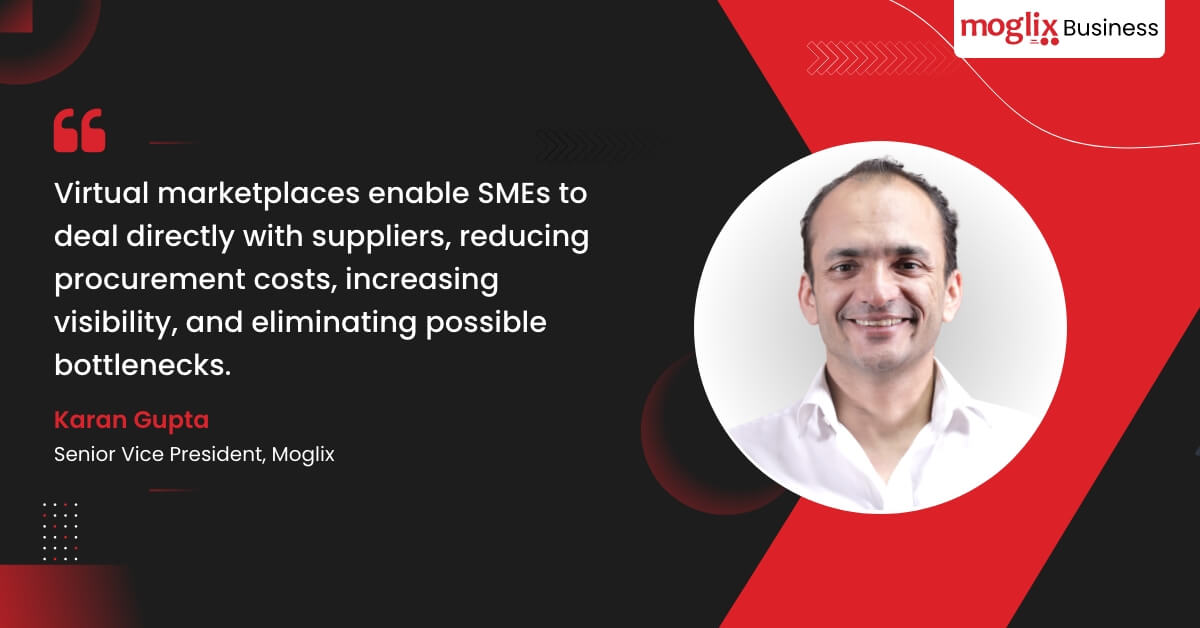
How Virtual Marketplaces Are Revolutionizing E-commerce for MSMEs
SMEs fundamentally power the Indian economy. Of course, at the top of the tower, one finds blue-chip public & private companies, tech giants, and a handful of companies that evoke envy and admiration across the globe. However, the economy, at the rural and town level and in large pockets in the cities, relies on the resiliency and resourcefulness of SMEs.
The Digital Gulf
As can be expected, these MSMEs have traditionally been family-run units that are often, if not always, skeptical of the digital revolution underpinning the new business dynamism of the modern age.
